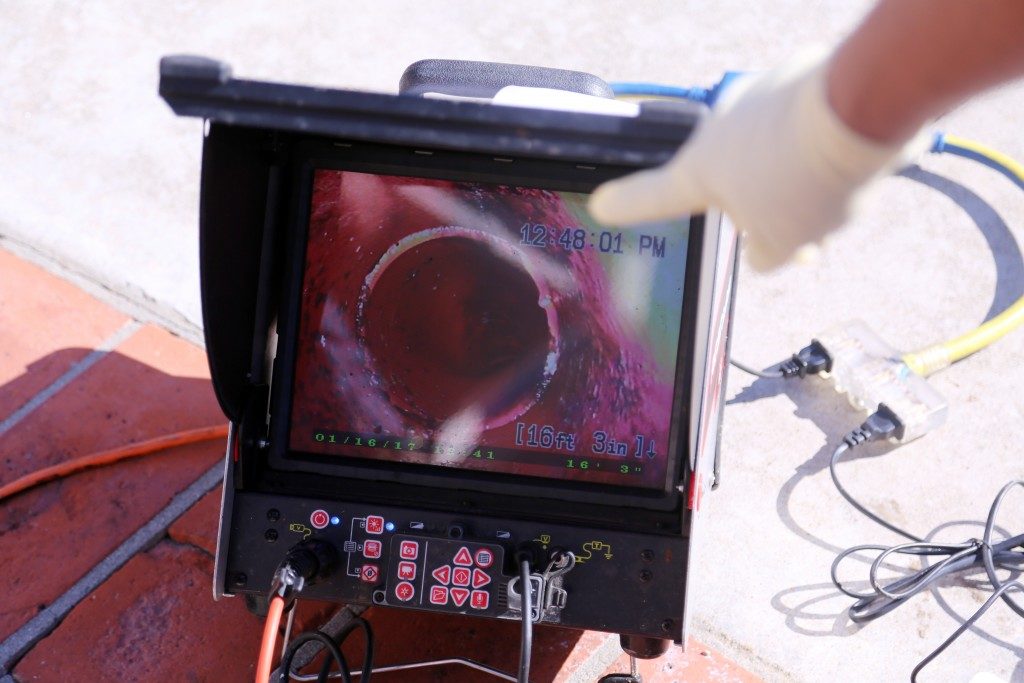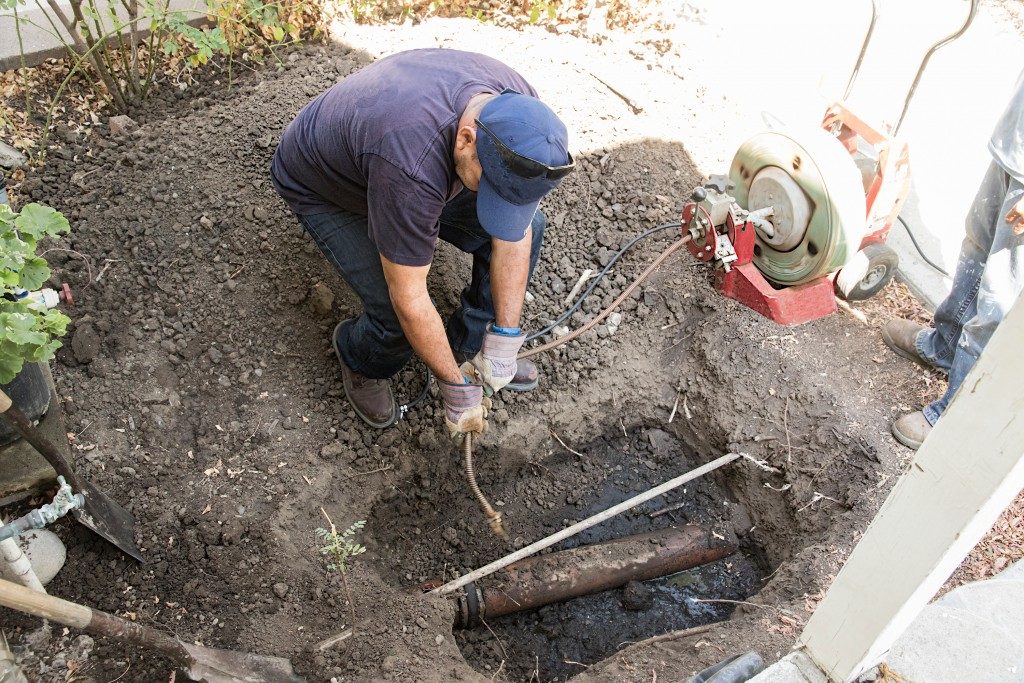Your residential or commercial plumbing system comprises several parts. One of the most crucial sections is the sewer line. This line carries away wastewater from your property and directs it into municipal drain systems and other locations where it is treated. In case there is a problem with any part of your sewer line, this affects the sanitation and comfort in your property, as well as other elements beyond your property’s borders. In the past, the repair of damaged sewer lines was expensive and time-consuming.
Thankfully, things have changed. Some companies use the latest sewer line repair and replacement techniques; therefore, the repair or replacement takes a short time and is inexpensive. This means you can easily fix your plumbing system in Woodbridge, Virginia. The following are some of the latest methods used for sewer line repair or replacement.
Pipe Bursting
Here, the plumbers will make a small opening on either end of your damaged pipe. After this, a spear-shaped tool known as a bursting head is passed through one opening. A thick cable with a new HDPE or PVC pipe is connected to the opposite end. As the plumber pulls the bursting head to one side and disintegrates your old sewer line, a new pipe is laid from the opposite end. Pipe bursting is used for the replacement of severely damaged or old pipes for which repair is non-feasible.
CIPP Cured-In-Place-Pipe Relining
This option is used for the quick repair of damaged sewers in somewhat good form but in need of extra strength. In CIPP, your old sewer is relined with a seamless liner infused with PVC. This seals all cracks and voids within the pipe. Before the relining, hydro jetting is used for the removal of all loose debris in your pipe. The liner is then installed using high-pressure hot steam, which is run through the liner installed via a bladder.
Moling

This technique is used for sewer line replacement. A special pneumatic machine is first driven into the area where a new pipe is to be installed. The mole used is a 6cm wide and 60cm long steel cylinder. Your new pipe is then installed through the hole made by the mole. Moling, however, damages your landscape and might be tricky to use in places where the damaged sewer line is on the road or under a building.
Pulled-In-Place Lining
This repair technique is used for partially gapped and cracked sewer lines. Two small holes are initially dug into a section before and after the damaged pipe section. A resin and fiberglass liner is then placed through one hole and pulled into place to the other hole with a wrench. The liner is cured by steam or heat or left to cure under the prevailing environmental temperatures.
Before a plumber recommends the ideal alternative from the above for your sewer line’s repair, they will first conduct a video inspection. This involves the snaking of a camera into your pipe, which sends real-time images of the pipe’s condition to a monitor. These images will help determine the cause and extent of your pipe’s damage and will help the plumber choose the ideal repair technique.

